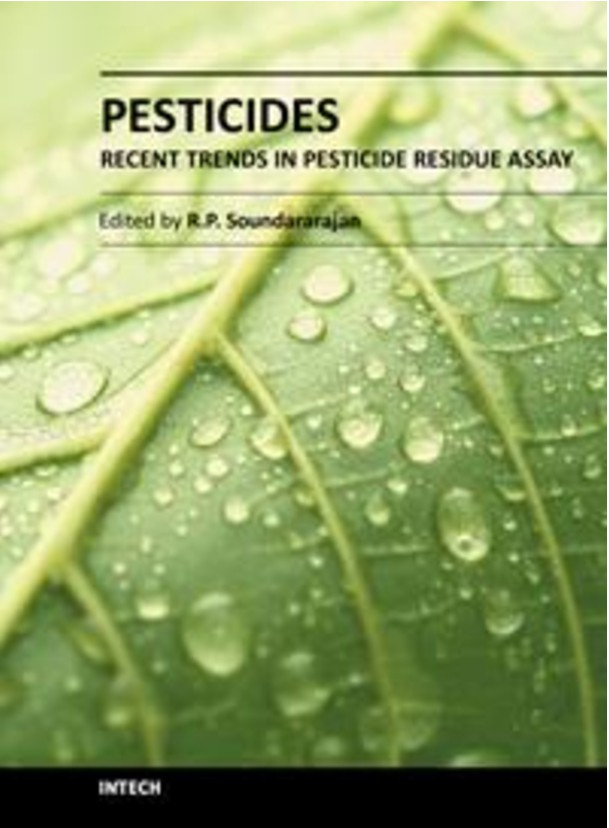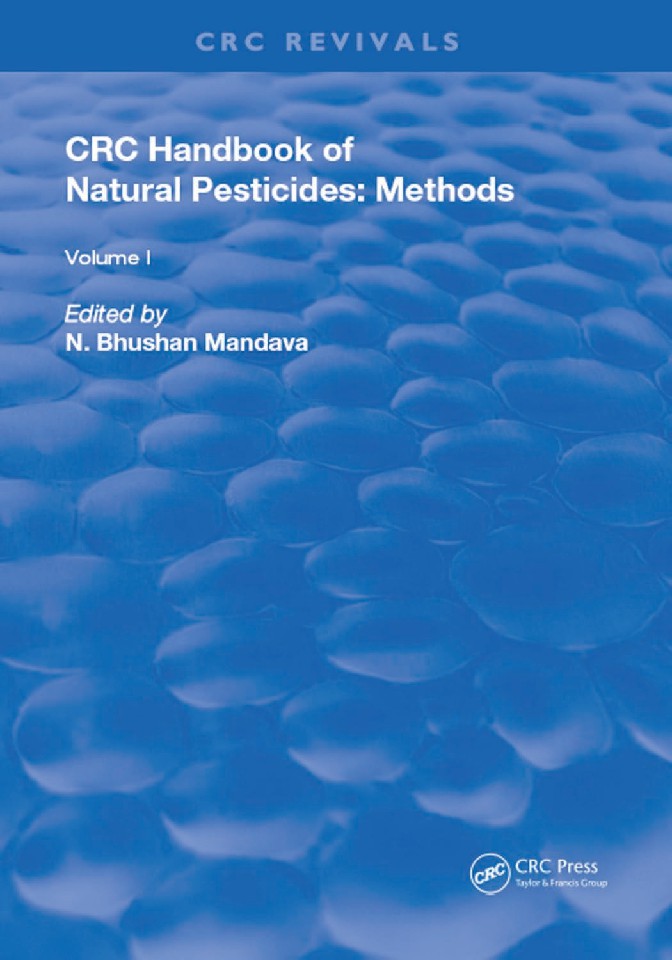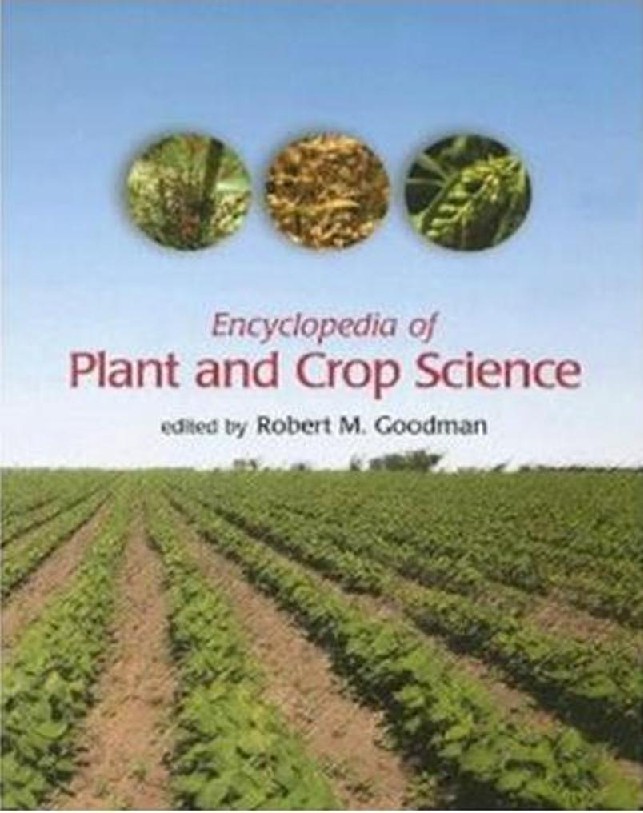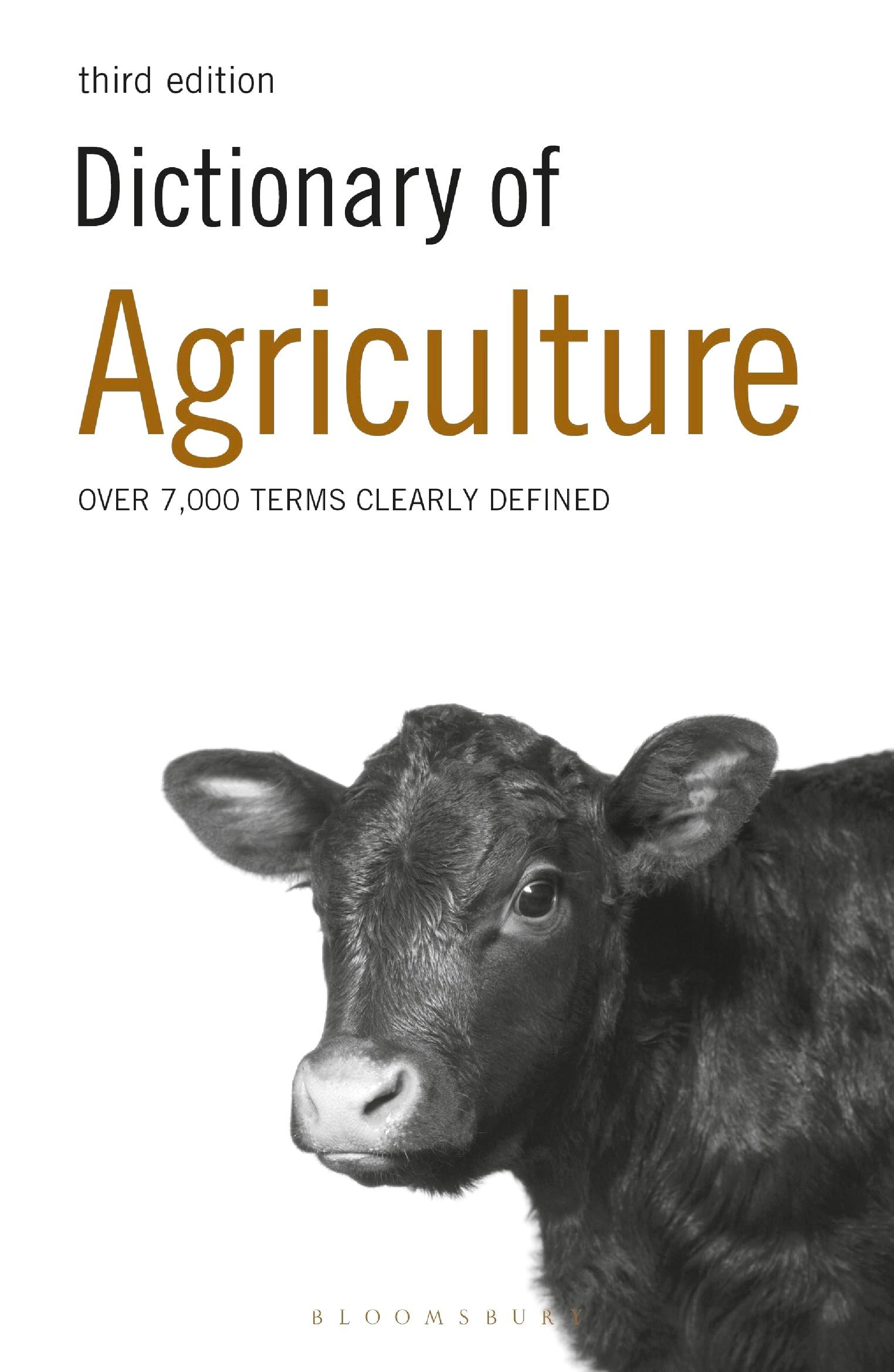Book Details
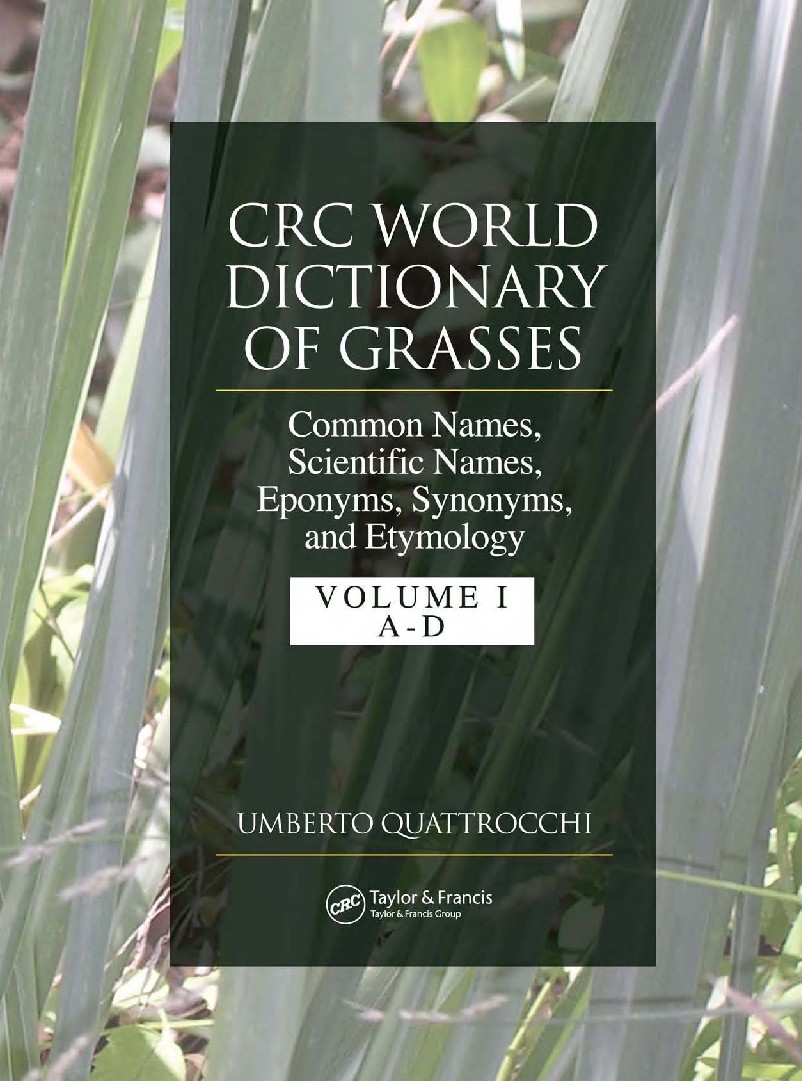
CRC World Dictionary of Grasses
Communication is both a complex matter and a universal
phenomenon. A sender, a receiver, and the information to
be transferred form the essential elements. Communication
takes place between humans, between animals, and between
plants, but also between humans and animals, as well as
between animals and plants. The information to be transformed
takes many forms — visual, acoustic, olfactory, and
tactile. In science, communication takes place as a rule in
rather condensed forms, often visual as a written text; information
may even be still more condensed as in a mathematical
formula, in bar codes, or in digitized images. In
theory, communication in the sciences should be precise
and unequivocal, but in real life many ambiguities exist,
some of them by coincidence and some deliberately introduced
and the source of much confusion. A large number
of dictionaries have been published to try to clarify scientific
terminology and to ease communication.
Within the natural sciences, the large field of biodiversity
uses scientific names for communication, not bar
codes or digitized images. The International Codes of
Botanical and Zoological Nomenclature set the rules for the
use of scientific plant and animal names, resulting in their
universal and unequivocal application. Since scientific
names cannot by their nature be abbreviated, every specialist
has to be aware of an extremely large number of them,
many difficult to memorize. Therefore, it is most helpful to
know and understand the background of the respective scientific
name — its etymology, its history, the name of the
person who first coined it, the circumstances of its origin.
There is always a time axis in this: scientific names have
been formed over centuries; some are ancient, some recent,
and this is often not evident to the uninitiated.
Author: H. Walter Lack
Pages: 2402
Issue By: eBook 707
Published: 2 years ago
Likes: 0
